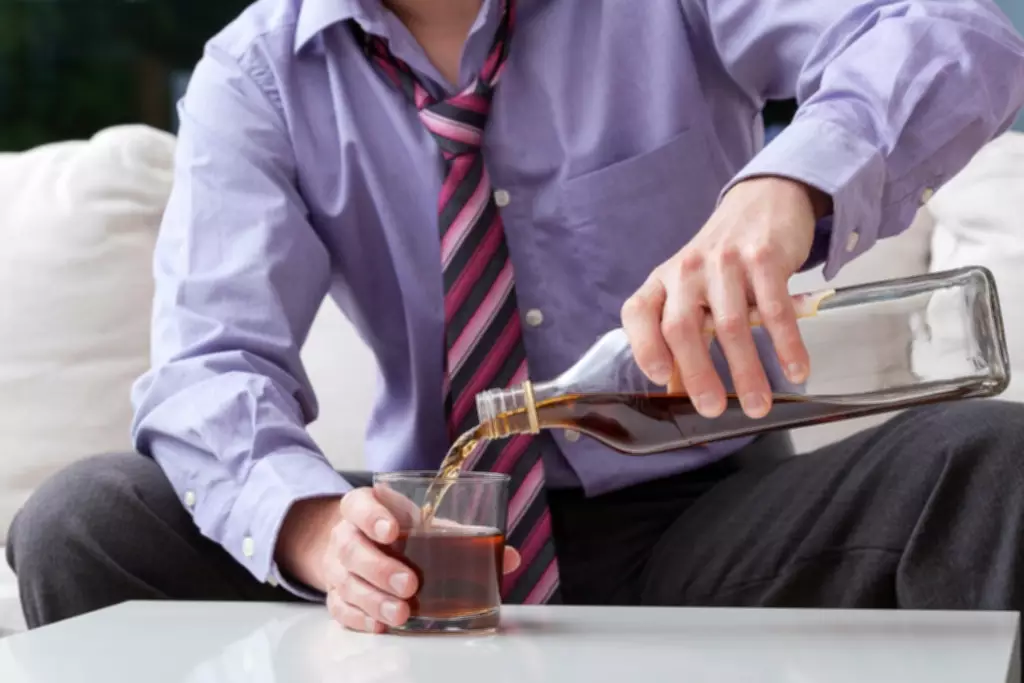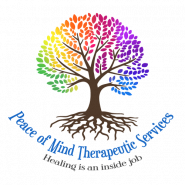This suggests consistency across databases, across drugs, and over time. HHS thus concluded that although abuse of marijuana produces clear evidence of harmful consequences, these appear to be relatively less marijuana addiction common and less severe than the consequences of some other comparator substances. Individuals who are addicted to cannabis may experience symptoms of withdrawal when attempting to stop using the drug.
Withdrawal Symptoms
Many people benefit from attending support group meetings after treatment. About 30% of people who use marijuana may have some level of marijuana use disorder. Those who started using it before age 18 are 4 to 7 times more likely to than people who started later. Marijuana misuse can have dire consequences if left untreated. Changes in state laws mean marijuana is available to more people, for both medical and recreational use.
- With consistent use, people who consume weed risk developing a marijuana use disorder, or marijuana addiction.
- Inpatient rehabilitation at a full-time facility provides a supportive environment to help people recover without distractions or temptations.
- Cannabis plant material can also be concentrated in a resin called hashish or a sticky black liquid called hash oil.
- However, daily, long-term use of marijuana can lead to addiction and many other harmful effects.
- BetterHelp can connect you to an addiction and mental health counselor.
- They will work with you to get properly evaluated and the appropriate treatment.
- Long-term users who try to quit report withdrawal symptoms such as irritability, sleeplessness, decreased appetite, anxiety and drug craving–all of which can make it difficult to abstain.
Support Groups
It’s a lot like one your brain makes (anandamide) that sends messages between nerve cells throughout your body. If you use marijuana regularly, your brain can stop making its own version and start to depend on THC instead. Drug abuse and addiction can be scary and uncertain, but it’s treatable, and there’s help out there. There are a variety of treatments available, and if one doesn’t work, another one may be better for you. There are multiple treatments available, like talk therapy, support groups, and even medication when necessary for underlying issues. MET is based on motivational interviewing and helps to increase changes in behavior by giving nonjudgmental feedback and helping people set goals.
- Cognitive-behavioral therapy seeks to help patients recognize, avoid, and cope with the situations in which they’re most likely to use drugs.
- Inpatient treatment involves living full-time (including overnight) at a treatment facility for a set period.
- Every person will have different outcomes from their treatment and recovery efforts will differ from one patient to the next, depending on their individual needs and preferences.
- Twelve-step programs complement counseling sessions.
Medications for opioid use disorder (MOUD)
The TEDS Report: Marijuana Admissions to Substance Abuse Treatment Aged 18 to 30: Early vs. Adult Initiation – SAMHSA
The TEDS Report: Marijuana Admissions to Substance Abuse Treatment Aged 18 to 30: Early vs. Adult Initiation.
Posted: Tue, 13 Aug 2013 07:00:00 GMT [source]
It’s also a scientifically proven approach towards relapse prevention.6 It teaches recovering addicts to understand how their thoughts, feelings, and actions affect their recovery. People with marijuana abuse can choose from inpatient and outpatient treatment centers. These two types of treatment for marijuana addiction have their respective benefits and drawbacks. Marijuana addiction is a debilitating disease. Without treatment, people addicted to the drug can experience serious mental health problems.
The Effects of Marijuana Abuse
Despite being classified as a Schedule I drug by the federal government, the United Nations Office on Drugs and Crime estimated the use of marijuana increased more than 5% between 2007 and 2017 in the United States. Schedule I drugs are substances with no currently accepted medical use and a high potential for abuse. Despite marijuana still being classified as a Schedule I drug by the federal government, 33 states and the District of Columbia have legalized medical marijuana, and another 14 states allowed restricted use of medical marijuana, as of 2019. Medical marijuana users choose the drug to alleviate pain, decrease inflammation, increase appetite, and reduce nausea. These perks may be helpful to people undergoing chemotherapy or who suffer from painful afflictions, including arthritis. Some users have also found it beneficial in helping control epileptic seizures.

Look for evidence-based therapies, holistic treatments, and relapse prevention strategies. Offers a structured setting for 24/7 support, intensive care, and various therapeutic approaches. These programs are especially helpful for individuals with severe addiction or those in need of concentrated and immersive treatment. Marijuana, also known as cannabis, is the most widely used drug around the globe, including medical and recreational users. The United Nations Office on Drugs and Crime (UNODC) estimated there were 188 million users worldwide in 2017, which represented an increase of approximately 30% since 1998.
